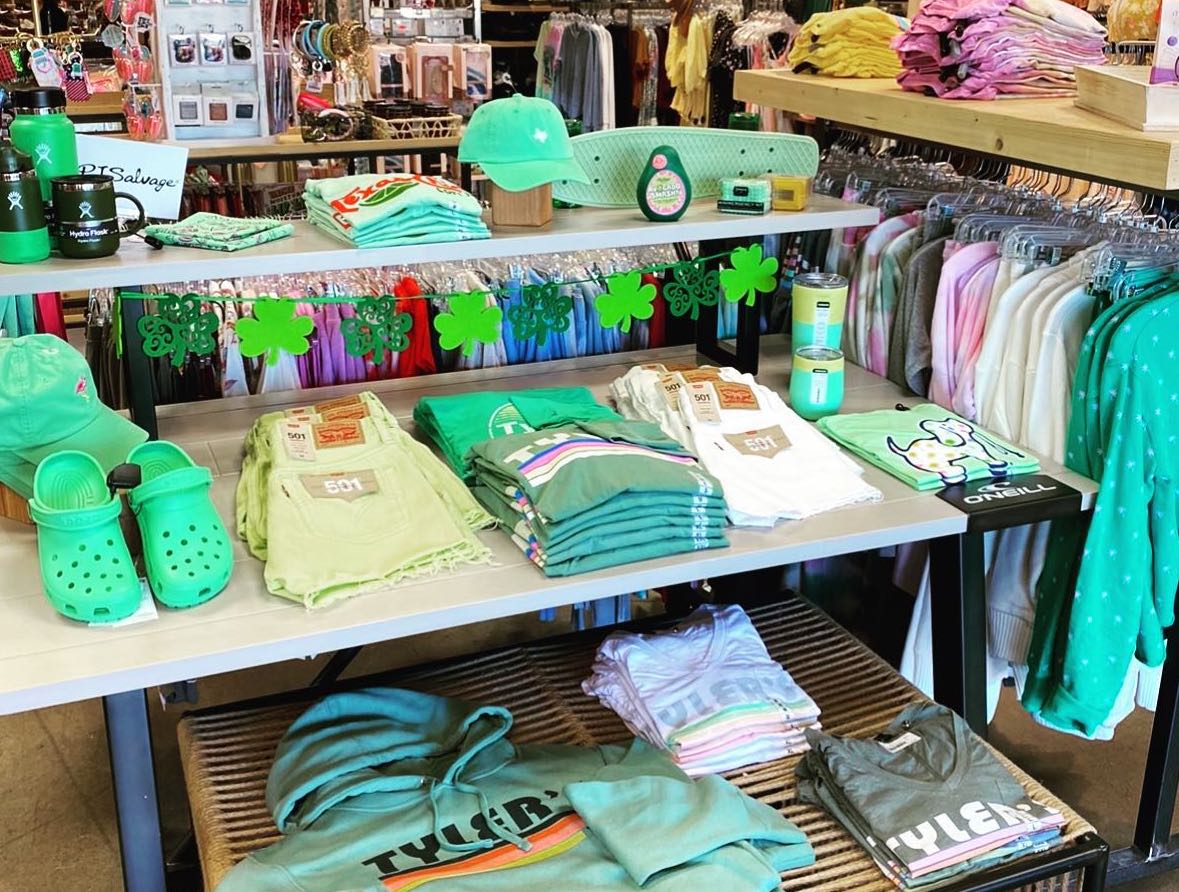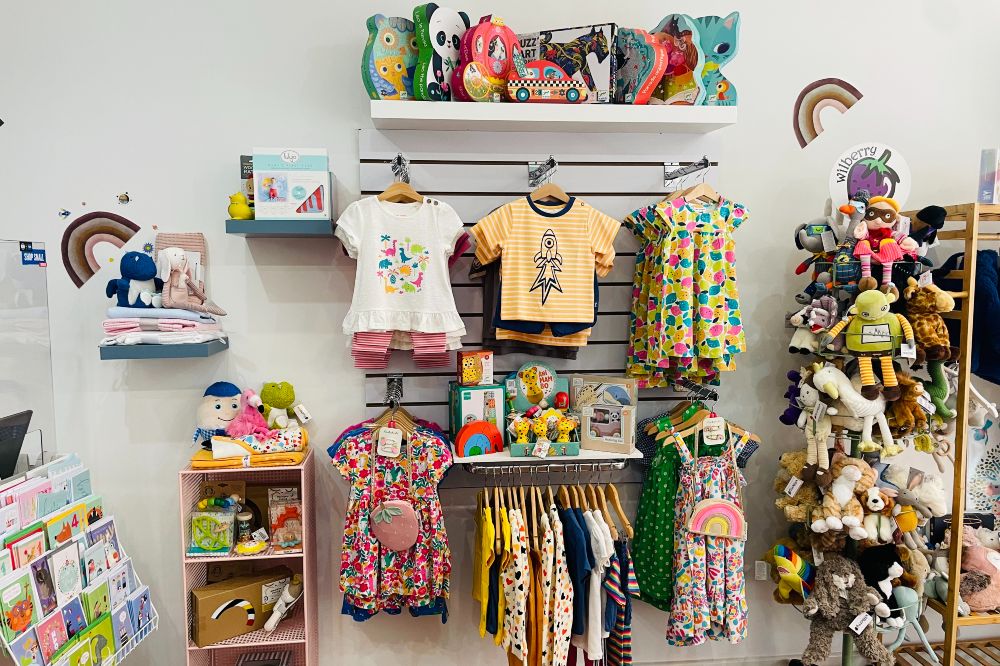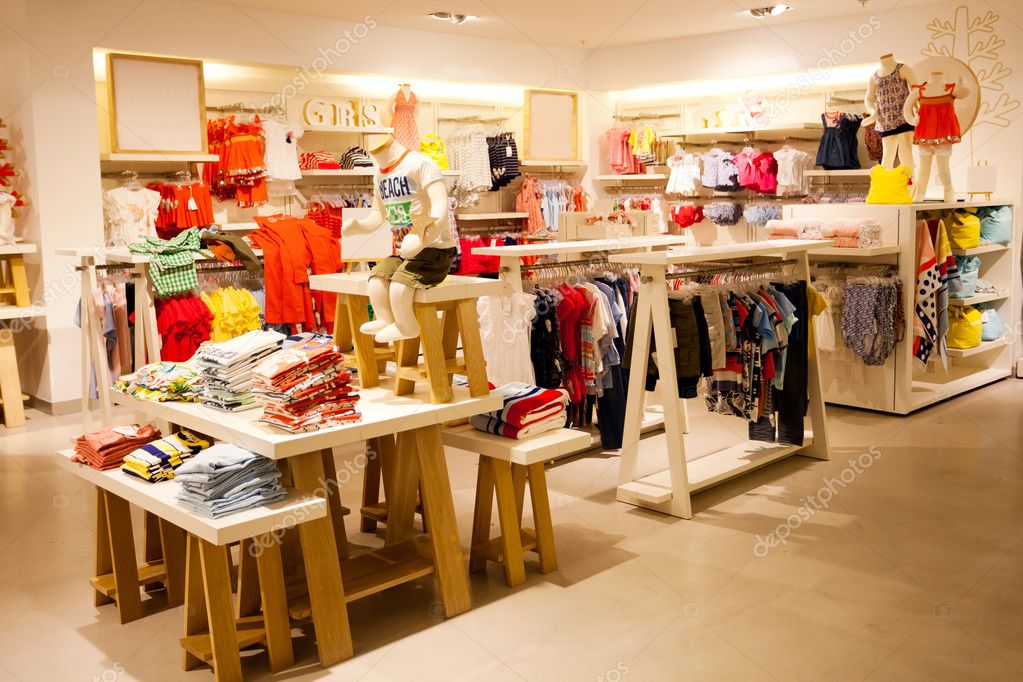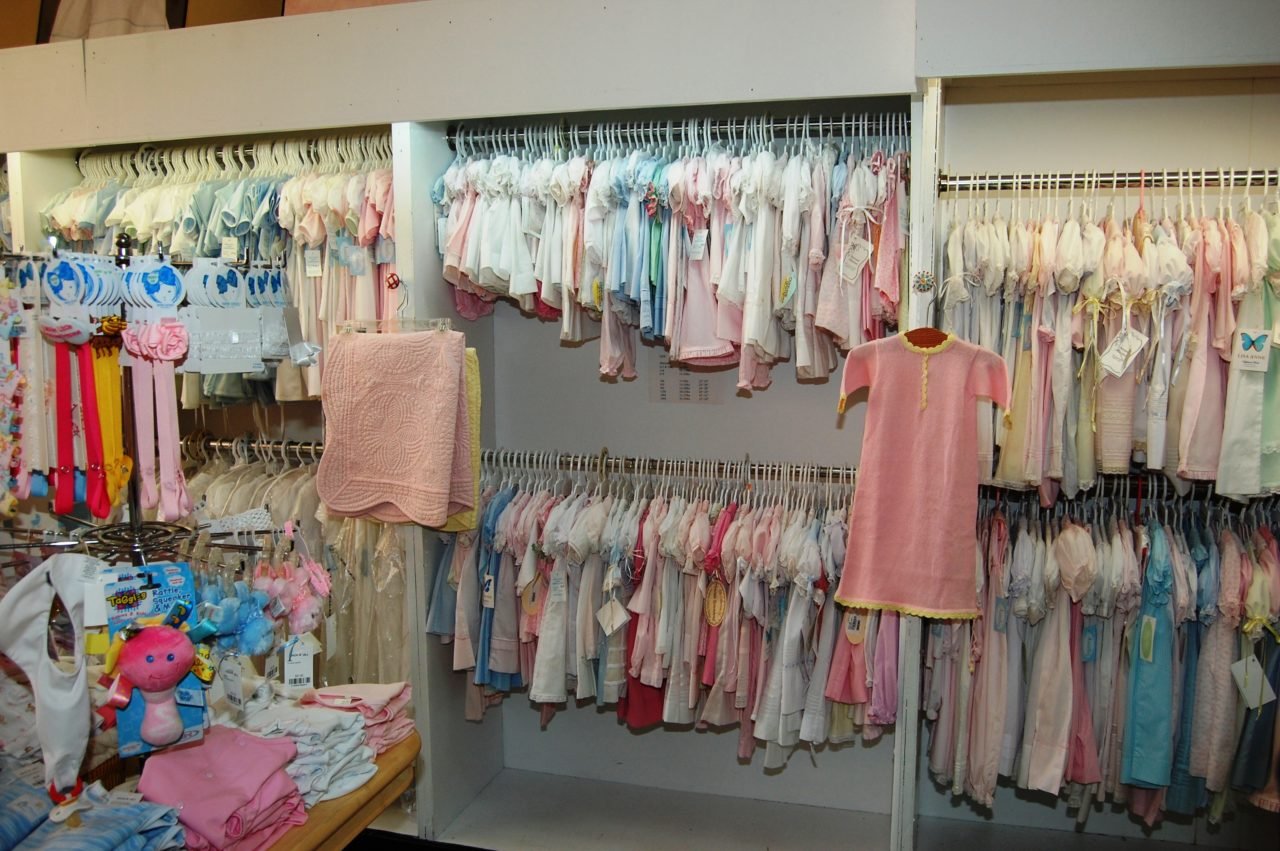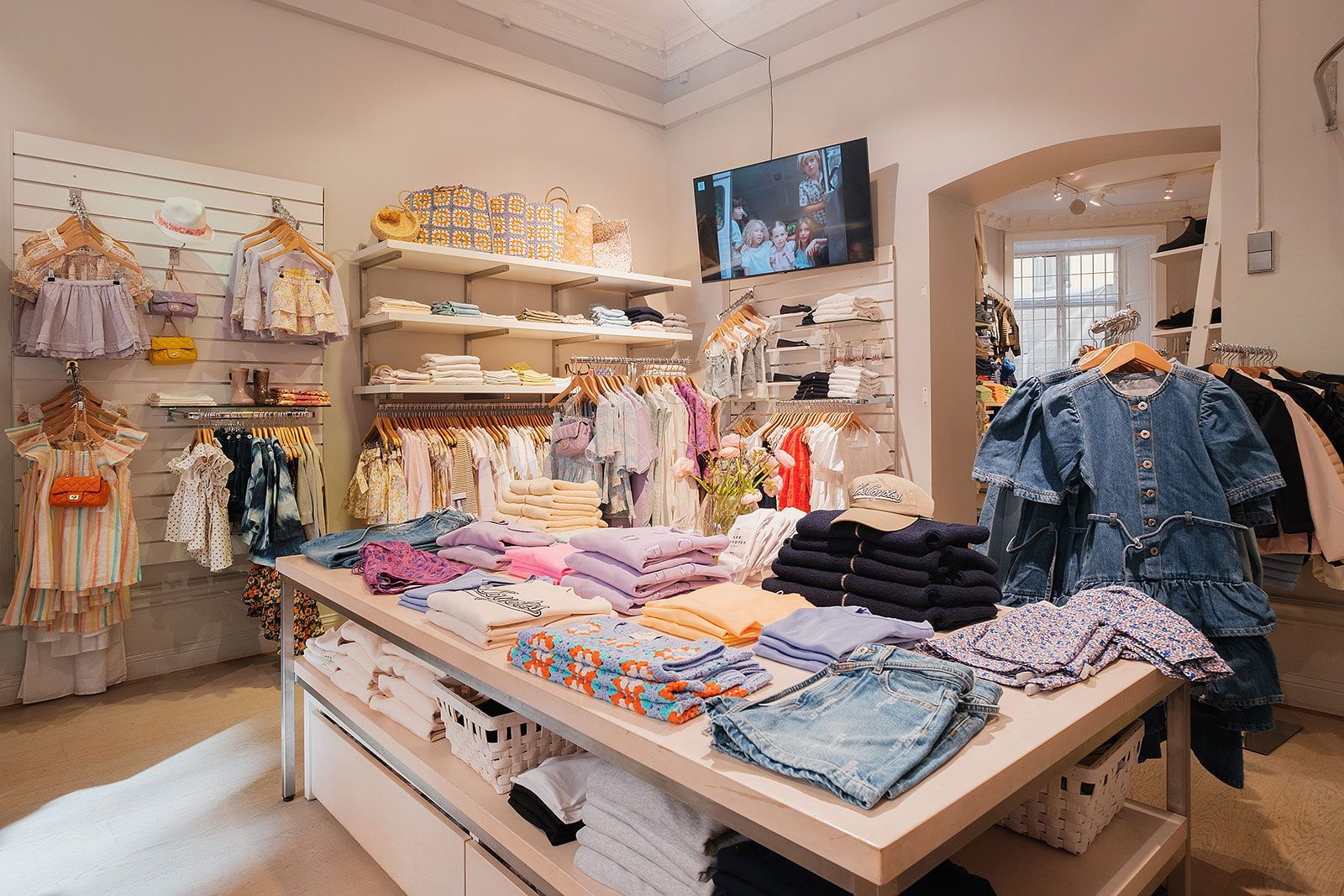Stores That Sell Children's Clothing
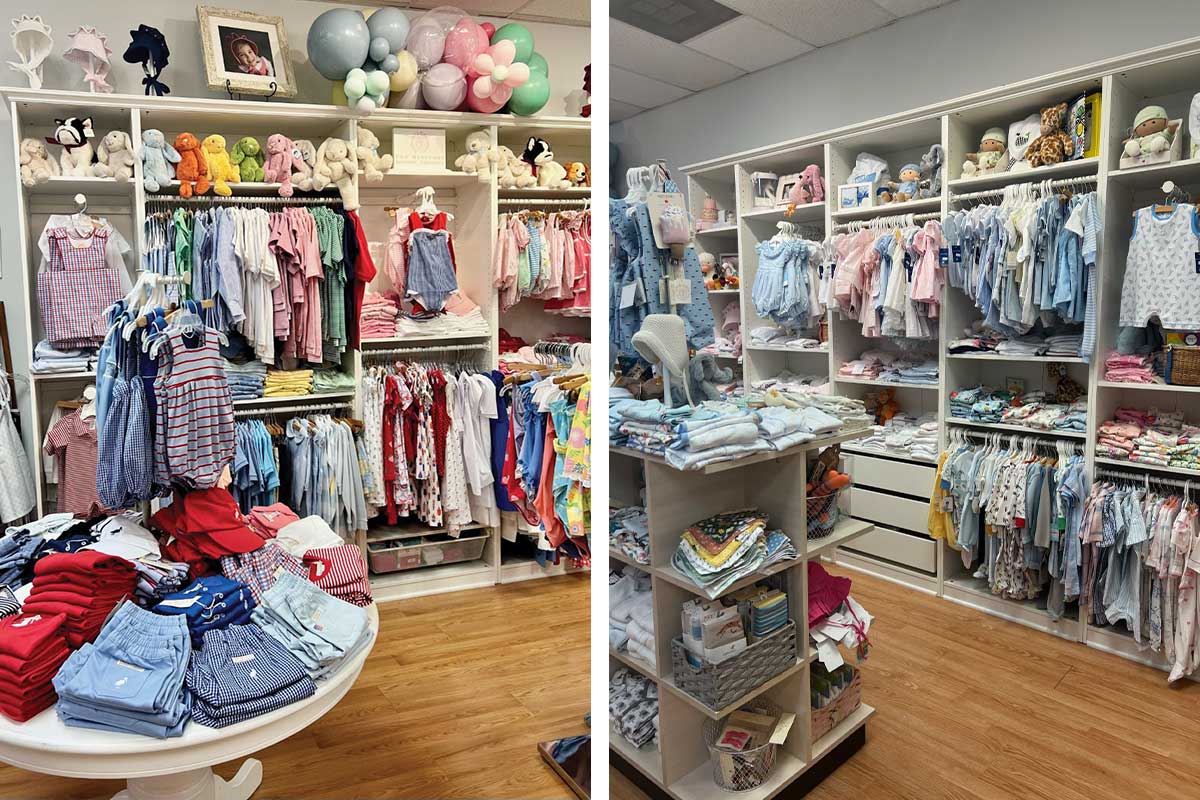
The children's clothing market, once a seemingly recession-proof sector, is facing unprecedented challenges. Parents, grappling with inflation and evolving shopping habits, are forcing retailers to adapt or risk obsolescence.
The shifts in consumer behavior, coupled with supply chain disruptions and increased competition from online platforms, paint a complex picture for businesses specializing in apparel for infants, toddlers, and older children. Many familiar brands struggle to stay relevant.
Market Overview: Navigating a Changing Landscape
This article delves into the current state of the children's clothing retail industry, analyzing the key factors impacting its performance, the strategies companies are employing to survive, and the long-term outlook for a market undergoing significant transformation. The goal is to provide a detailed analysis of challenges faced by retailers and the creative solutions being implemented to maintain a competitive edge.
Data from the National Retail Federation indicates a slowdown in overall apparel spending, with children's clothing particularly affected. A recent report from Mintel highlights a growing trend towards secondhand clothing and rental services for children, reflecting a shift towards sustainability and cost-consciousness among parents.
The Rise of Online Retail and Fast Fashion
The dominance of e-commerce giants like Amazon and specialized online retailers has fundamentally altered the competitive landscape. Brick-and-mortar stores struggle to match the convenience, pricing, and extensive selection offered online.
Adding pressure is the quick fashion trend. Brands such as Shein and H&M also play important role in the market. They are offering trendy, affordable options, often at the expense of quality and ethical sourcing.
Inflation and Its Impact on Consumer Spending
Inflation is a major concern for families. Parents are prioritizing essential needs and making tough choices about discretionary spending, including clothing. This has led to increased price sensitivity and a greater emphasis on value.
Many families are turning to discount retailers like Walmart and Target for affordable clothing options. These retailers have expanded their children's apparel lines, offering stylish designs at competitive prices.
The Secondhand Market and Sustainability
The secondhand clothing market is booming. Parents are increasingly embracing resale platforms and consignment shops for both buying and selling gently used children's clothing.
This trend is driven by a growing awareness of environmental issues. It’s also being driven by the desire to save money. Companies like thredUP and The RealReal have capitalized on this trend, offering convenient and reliable platforms for buying and selling used clothing.
Strategies for Survival: Adaptation and Innovation
Faced with these challenges, retailers are implementing various strategies to stay competitive. Many are focusing on enhancing the in-store experience, offering personalized services, and creating a sense of community.
Some retailers are investing in technology. They use technology to improve the online shopping experience and streamline operations. Others are partnering with influencers and celebrities to promote their brands and reach a wider audience.
Creating a strong brand identity. That’s one more tactic. Focusing on quality and offering unique designs can help differentiate retailers from the competition. Brands such as Carter's still holding their ground using this strategy.
The Future of Children's Clothing Retail
The future of children's clothing retail is uncertain. It will likely be characterized by continued consolidation, increased competition from online platforms, and a greater emphasis on sustainability and value.
Retailers that adapt to these changes and embrace innovation will be best positioned for success. This includes investing in technology, creating a seamless omnichannel experience, and focusing on ethical and sustainable sourcing practices.
Ultimately, the key to survival will be understanding and responding to the evolving needs and preferences of parents and children. They will have to adapt to the new norms in the market.




